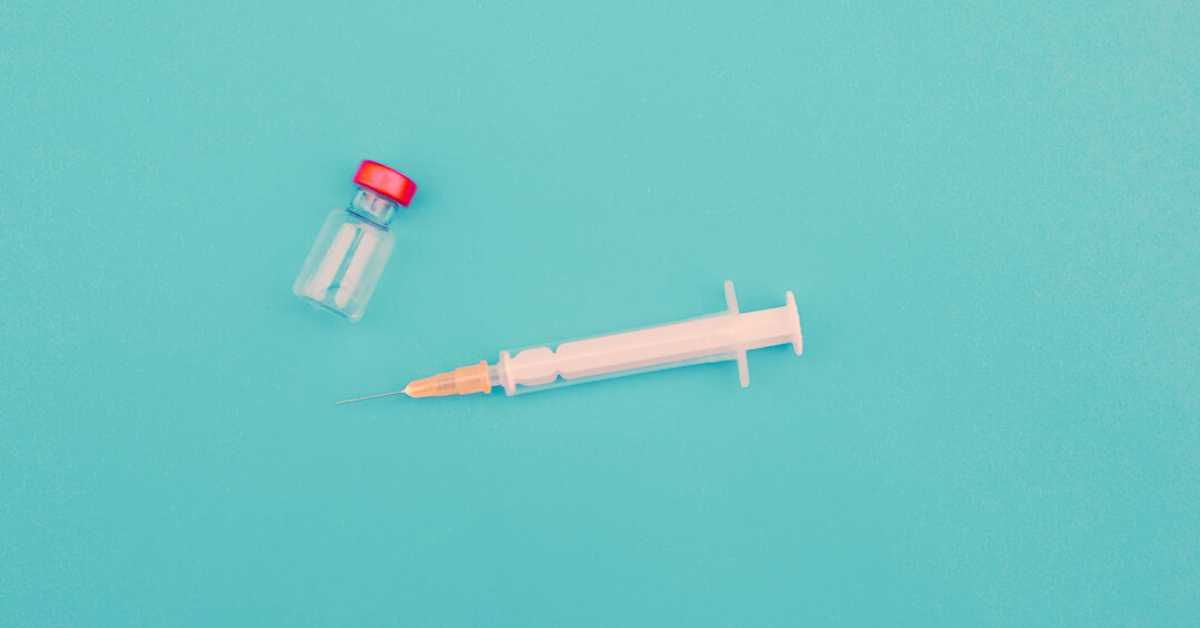What is Prolotherapy?
Prolotherapy is a minimally invasive regenerative medicine technique that involves injecting a solution of dextrose and saline into ligaments, tendons, and joints. This triggers a healing response, stimulating the body to produce new collagen and repair damaged tissues.
Who Can Benefit from Prolotherapy?
Prolotherapy can be beneficial for individuals suffering from chronic pain conditions, including:
- Joint pain: Arthritis, osteoarthritis, and degenerative joint disease.
- Back pain: Herniated discs, spinal stenosis, and muscle strains.
- Neck pain: Whiplash injuries and degenerative disc disease.
- Shoulder pain: Rotator cuff tears and tendonitis.
- Knee pain: Meniscus tears and ligament sprains.
- Other chronic pain conditions: Tendonitis, bursitis, and ligament injuries.
How Does Prolotherapy Work?
During a prolotherapy session, a healthcare provider will inject a solution of dextrose and saline into the affected area. The solution irritates the tissues, triggering an inflammatory response. This response stimulates the body to produce new collagen, which helps to repair damaged tissues and strengthen weakened ligaments and tendons.
Benefits of Prolotherapy
- Reduced Pain: Prolotherapy can significantly reduce pain and discomfort associated with chronic pain conditions.
- Improved Joint Function: By strengthening ligaments and tendons, prolotherapy can improve joint stability and function.
- Reduced Need for Surgery: In many cases, prolotherapy can be a non-surgical alternative to traditional treatments.
- Long-lasting Results: The effects of prolotherapy can last for several years or even a lifetime.
Ozone Add-On
Ozone can be added to your treatment. This is a specialized treatment called “Prolozone” to support tissue oxygenation and therefore speed healing.
How to Get Started
To determine if prolotherapy is right for you, consult with one of our naturopathic physicians. They will assess your condition and discuss the potential benefits and risks of the procedure.
Contraindications
While prolotherapy is generally safe, it may not be suitable for everyone. Contraindications may include:
- Pregnancy: Pregnant women should avoid prolotherapy.
- Active Infection: Prolotherapy should be avoided in areas of active infection.
- Blood Clotting Disorders: Individuals with blood clotting disorders may be at increased risk of complications.
Frequently Asked Questions
How many treatments are needed?
The number of treatments required varies depending on the severity of the condition and individual response. Most patients require multiple treatments, usually spaced a few weeks apart.
Is prolotherapy painful?
While some patients may experience mild discomfort during the injection, most people tolerate the procedure well.
How long does it take to see results?
The time it takes to see results can vary. Some patients may experience improvement within a few weeks, while others may require several months of treatment.
In Conclusion
By choosing prolotherapy, you’re taking a proactive step toward managing chronic pain and improving your quality of life.


